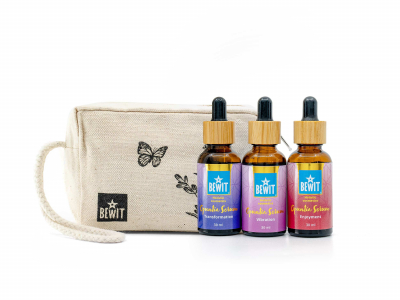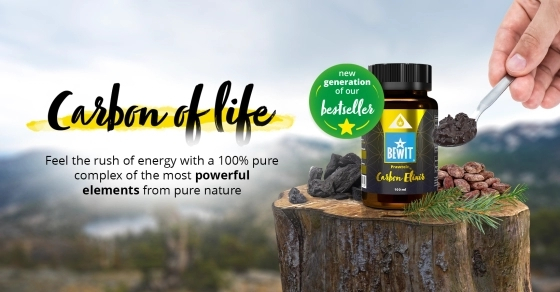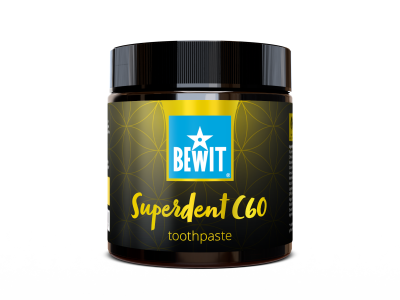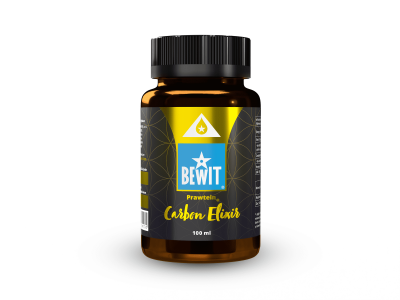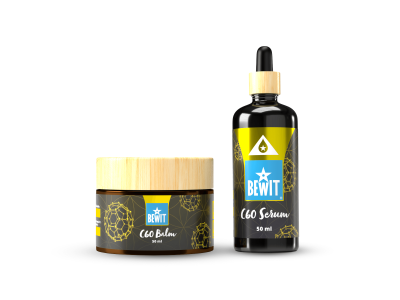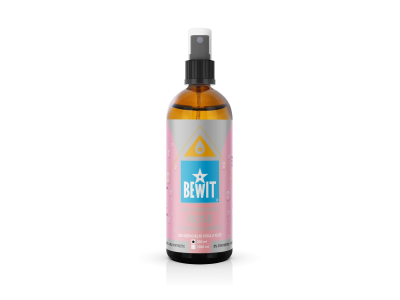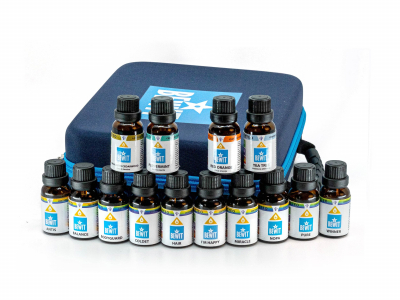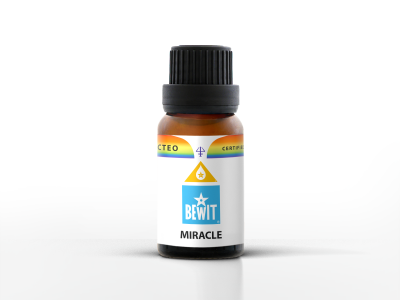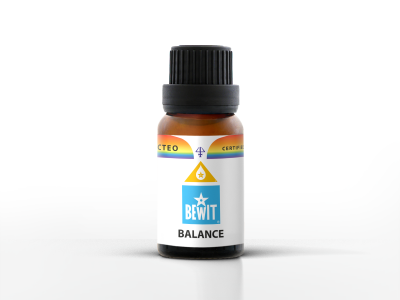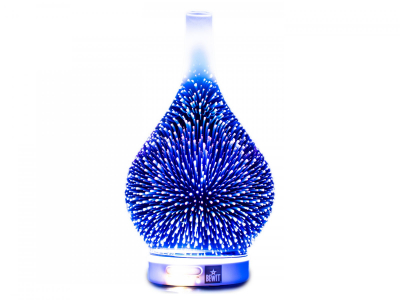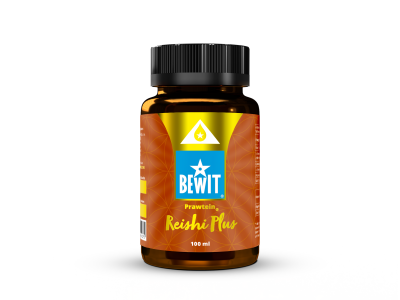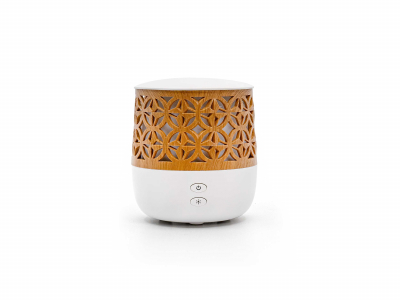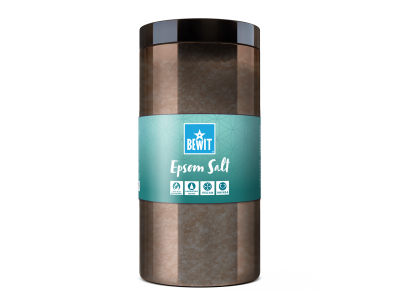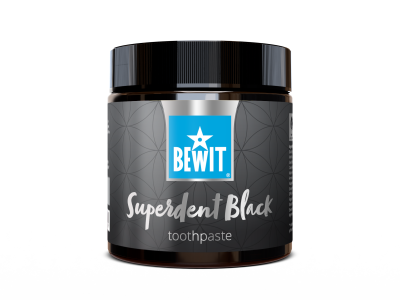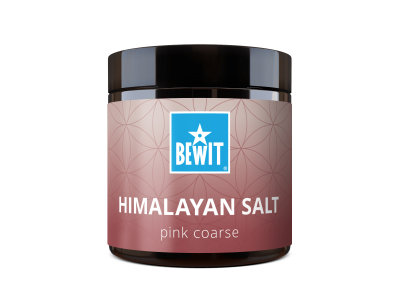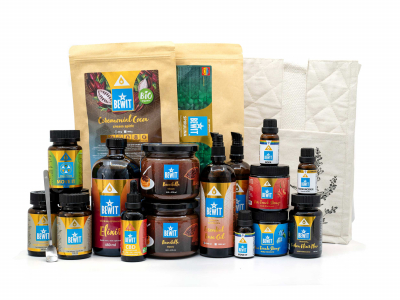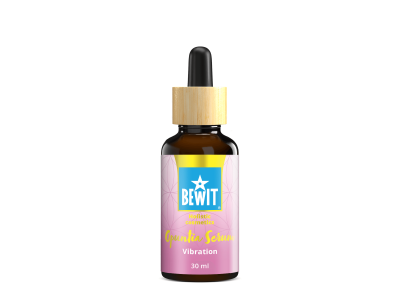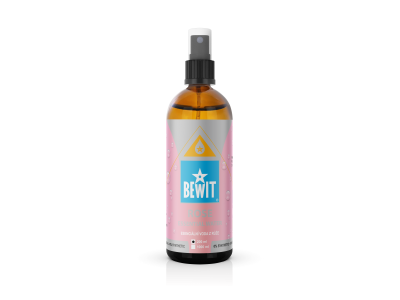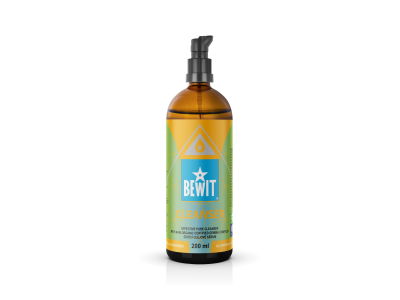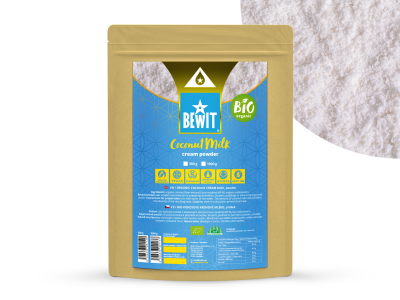Bestsellers
Recommended by our customers

100% pure and natural
All ingredients in the product are 100% pure and natural, non-synthetic.
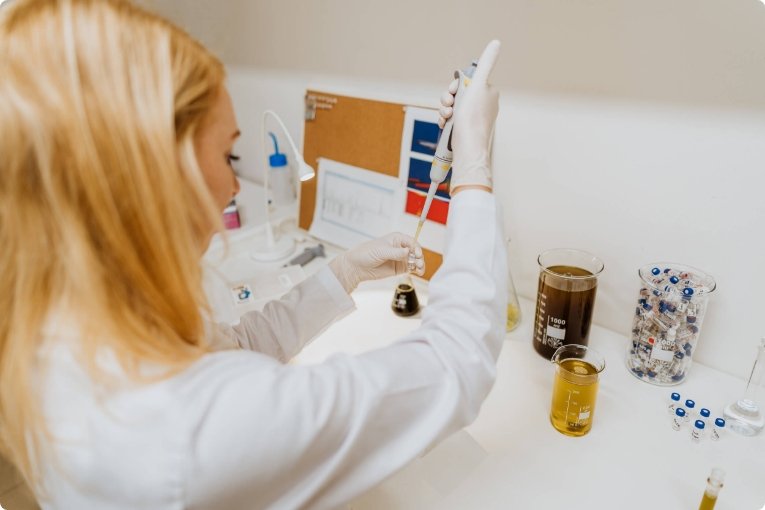
Own formulas and developments
We blend all essential oil blends at our headquarters in Ostrava, according to our own formulas, which are based on the most modern world studies as well as the millennia-old traditions of Eastern medicine.
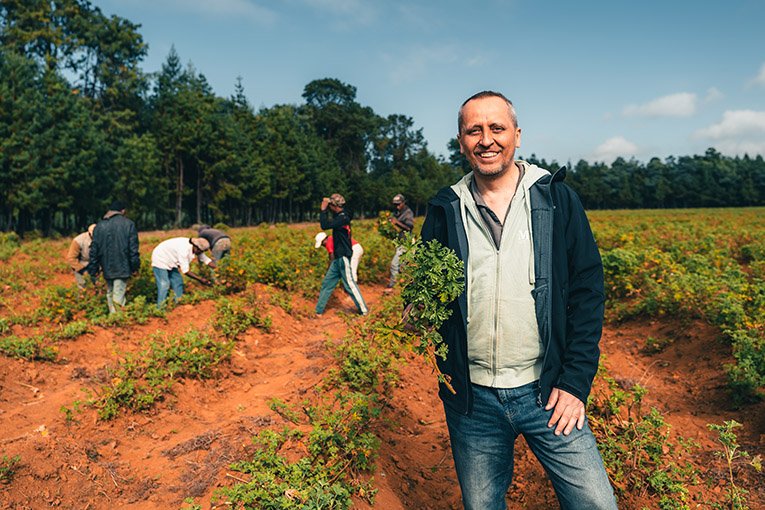
We have the highest quality sources and suppliers
We always advocate and strive for a maximally respectful approach to the natural environment. That is to say, a gentle and as natural as possible way of growing, harvesting and processing plants. Free of herbicides, pesticides, insecticides, contaminants, chemical residues and genetic modification.

We honour the principles of AHINSA
It is a moral and religious principle of Hinduism, Buddhism and Jainism, which consists in respect of all living things.
News
Blog
Great creations, articles and much more

Tips on how to make the most of ESSENTIAL BLACK WEEKEND
Read more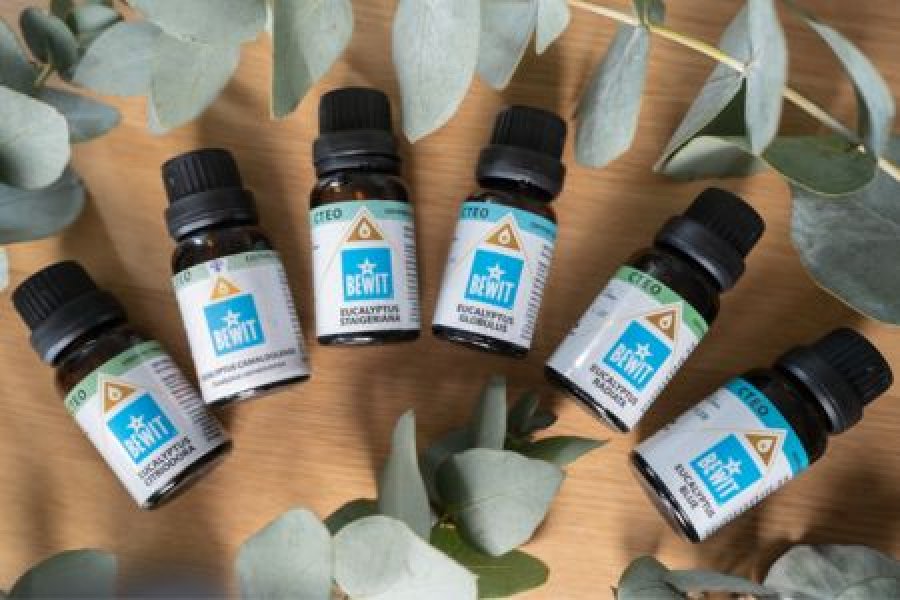
Eucalyptus: a practical guide for home aromatherapy
Read more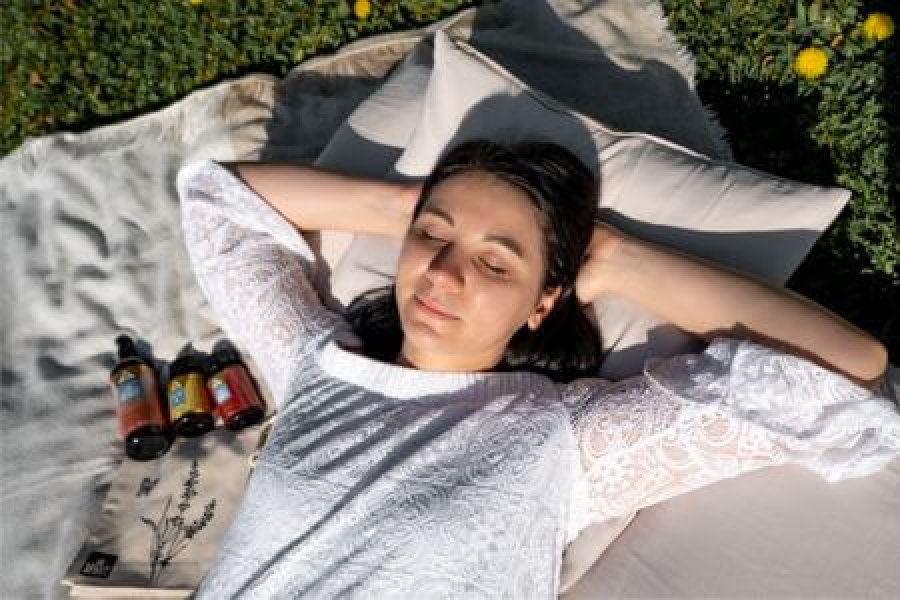
Healthy doing nothing: indulge yourself in spring
Read moreLatest Reviews
Experiences of our satisfied customers


